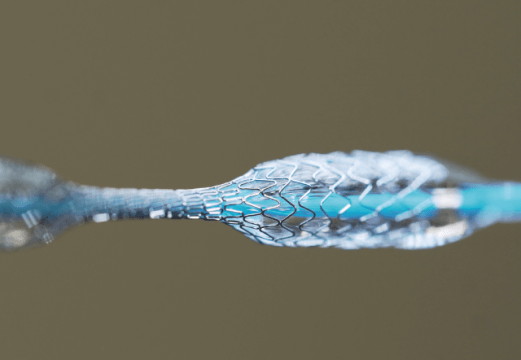Original title: A Meta-Analysis of Proximal Oclusion Device Outcome in Carotid Artery Stenting Reference: Robert M Bersin, et al. Catheterization and Cardiovascular Intervention 80:1072-78 (2012)
Carotid Angioplasty and Stenting (CAS) is considered a valid alternative to treat high risk patients. Embolic protection devices have been proved effective and currently there are two EPDs available: proximal occlusion and distal occlusion devices.
The goal of this meta-analysis was to determine risk predictors of adverse events in carotid stenting using proximal occlusion devices. 2397 patients were submitted to CAS with Mo.MA or Gore Flow Reversal System. End point was a composite of death, infarction and stroke at 30 days. Mean age was 70, 37% were diabetic and 31% were symptomatic.
The composite primary endpoint at 30 days was 2.25%.The incidence of stroke was 1.71%. The incidence of myocardial infarction was 0.02%. The incidence of death was 0.40%. The presence of contralateral occlusion was not found to predict intolerance, however a
Multivariate analysis showed that age and diabetic status were found to be the only significant independent risk predictors. A significant difference was observed in risk of stroke according to age, with a 1% chance in
Conclusion
This meta-analysis of CAS using proximal EPDs presented a low rate of complications at 30 days; age and diabetics were the best risk predictors.
Editorial Comment:
This study is a meta-analysis that collected data from trials that studied only one branch, performed by experienced operators in good candidates. The resulting good outcomes (especially taking into account the number of diabetic and symptomatic patients) may be the best ever. This is an important limitation to this study. The important number of patients analyzed helps us have an idea of evolution at 30 days with these devices that, although quite different, act similarly and may have an advantage, at least in theory, over filters.
It would be interesting to see further controlled research comparing both devices to determine the best option, or which of them best adequate to every case in particular.
Dr. Carlos Fava para SOLACI.ORG





